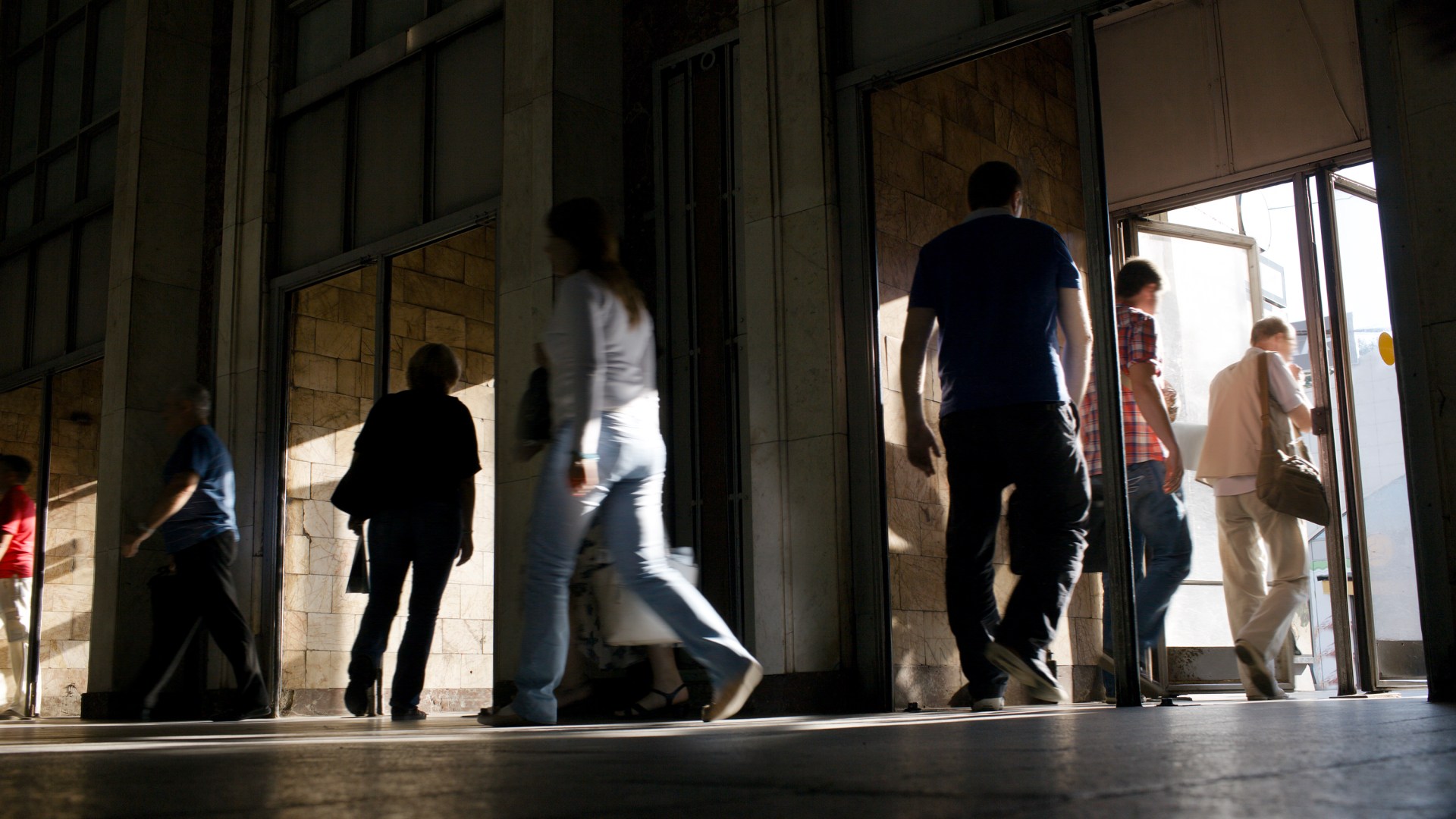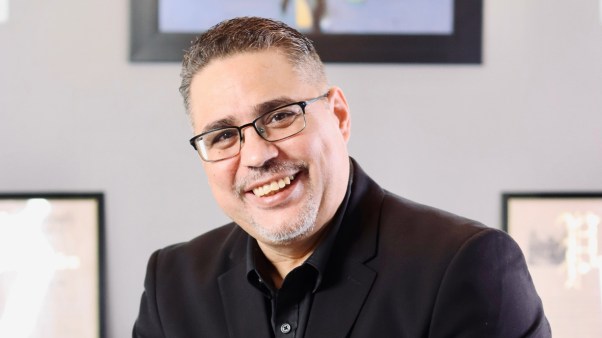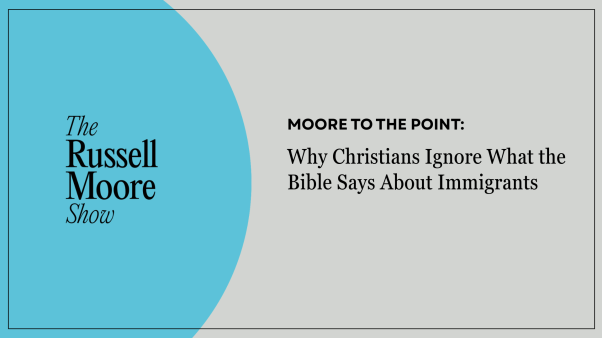After a few hard pandemic years, Paul Seay is happy to see more people coming to the two Methodist churches he pastors in Abingdon, Virginia.
Still, he can’t help but wonder, What happened to the people who never returned?
“Some had been very involved—and they’re just gone,” said Seay, who leads Charles Wesley United Methodist Church, a historically Black congregation, and Abingdon United Methodist Church, a large red brick church down the road.
At a low point, Charles Wesley had about six people in attendance. Things didn’t get quite that dire at Abingdon UMC, which had about 180 before the pandemic. But it also really struggled with the impact of COVID-19.
They weren’t alone. According to a new study on the impact of COVID-19 on the American church from Arbor Reseaerch and ChurchSalary, a sister publication of Christianity Today, more than one in three churches saw attendance decline between 2020 and 2022. And while many, like Seay’s congregations, have seen growth since the darkest days, they still seem to be missing people.
“It was not uncommon in discussions with pastors,” the researchers found, “to hear stories of ‘a third’ or ‘half’ or ‘20%’ of a congregation not coming back once the doors reopened.”
Charles Wesley now has about 20 people on a good Sunday, and Abingdon UMC has grown to around 200. But Seay still notices the people who aren’t in the pews anymore.
“The pandemic,” he told CT, “really zapped the congregation.”
There doesn’t seem to be a single clear explanation for this. The survey of 1,164 Protestant pastors, followed by 17 focus groups and nine in-person case studies, found varied and complicated explanations. Across the country, pastors from 42 different denominations said people left because of disagreements over health policies, because of other disagreements, because they moved, and sometimes without explanation.
“Ultimately, a lot of it is a mystery,” Seay said. “It’s just a new frontier.”
According to the study, churches in large cities and the suburbs were the most likely to see a decline in attendance, while rural churches were the least likely to see any change at all. Majority Black congregations were hardest hit, with 64 percent reporting decreased attendance since 2020.
The report found that church attendance was most impacted by reactions to pandemic restrictions. Churches that responded to COVID-19 by shutting their doors for long periods, limiting attendance, and requiring masks for extended intervals sometimes lost members who wanted to return to “normal” more quickly. And churches that responded with less stringent restrictions sometimes lost members who were more cautious or had health concerns.
Perry Hunter, who left his Church of Christ congregation in Borden, Indiana, still feels kind of conflicted. The older, rural church stayed shut down for a long time during the pandemic, so Hunter, who was a deacon, decided to visit a larger church about 15 miles south.
“I felt we needed to go to a bigger church for the kids and to have more stuff to do without me running it,” he said. “It was nothing personal about our old church, but during the time at the larger church, our kids loved it and my wife was receptive.”
He still gives financially to the Church of Christ, but in the end, Hunter ended up attending the Independent Christian Church called Northside.
Others who left their churches during the pandemic feel like they were betrayed. One woman, who spoke to CT on the condition of anonymity, said she continues to works as an administrator at her mid-sized nondenominational church. But she stopped attending services because she didn’t feel the leadership was taking her health concerns seriously. “I am still shocked that the body of Christ was not more compassionate about ensuring COVID did not spread,” she said.
She doesn’t know when or if she will go back.
For many church leaders, deciding when and how to reopen in-person services was often a Catch-22. It seemed like whatever they did, whatever they said, however they responded to COVID-19 health recommendations, someone was going to be angry or upset and leave.
“It’s just a fact of the matter that the whole pandemic was highly politicized,” said Drew McCallie, lead pastor at First Farragut United Methodist Church in East Tennessee.
At Farragut, attendance dropped from about 220 on an average Sunday down to around 80. In addition to the pandemic, the church also went through staff transitions and ended one of its regular worship services.
But now the church is back to about 100 regular attendees—and growing. McCallie says the congregation, which he started leading a few months ago, has a very solid base of engaged members, which he is thankful for. But he and other pastors that he’s talked to have noted that some members who have returned are not as quick to volunteer as they once were.
“Some folks took a step back and said, ‘I realized that I was giving so much that I was burning out, and I’ve actually enjoyed having a little more time on my hands,’” he said.
Other church leaders say they’ve had to deal with the idea that there’s nothing they could have done to keep people. Once-committed congregants are leaving churches because they are leaving the area. The pandemic prompted a rush of moves and job changes, which impacted where those people went to church.
“We lost almost every young family in the church except mine,” said Jeff Schoch, the senior pastor at Crossroads Bible Church in San Jose, California.
The pandemic restrictions and high cost of living made California unattractive for some young families. And though these families weren’t unhappy with their church, the pastor feels like he paid a price.
“It was a kick in the gut—all the time connecting to them, integrating them into the church, and they all moved to Boise,” he told CT. “We had a lot of people move.”
Other churches, however, say the pandemic relocations have led to new growth. At Crossover Church in Tampa, Florida, executive pastor Christopher Harris said all the church’s metrics trended up during the pandemic—attendance, giving, baptisms, and salvations. The church, which its website describes as multi-ethnic, multi-generational, and Christ-centered, sees an average of 35–40 new families each week.
“We are in one of those cities in the United States that has explosive population growth,” Harris said. “Lots of growth and development brings its own host of problems, but it also means we have a lot of new people coming to our church.”
However, even churches like Crossover that have seen growth throughout the pandemic can struggle to consistently engage people—a finding supported by the ChurchSalary report. More and more people view church attendance as optional, according to the many pastors who were surveyed.
“If there’s any issue that I would lift up, it would probably be just us as leaders being frustrated with the changes in levels of commitment of folks. You know, folks don’t attend church every week anymore, generally speaking,” Harris said. “Now a church’s competition has nothing to do with another church. It has to do with your kids’ sports schedules, your work schedule, self-interest around travel, and all those other kinds of things. And so people often now see faith as optional.”
But churches have had to pivot before, Harris said. Moving forward, he believes Christians need to be faithful to the historic examples of the church by “maintaining our message while changing our methods.”
Seay agrees. While attendance numbers and regularity might not be as strong as many pastors would like, he does see some bright spots.
Many local congregations are more unified, he said. They’ve learned from the hard things they experienced during the pandemic and are more focused on the big picture.
So Seay is cautiously hopeful. He is pleased with the growth his churches have seen, but is even more pleased by their spiritual growth.
“This can’t just be about my ego, or about us being a post-COVID success story,” he said. “It’s really about trying to form a church culture that really, really is a faithful culture of disciples—a place where … people to fall in love with Jesus and fall in love with the church.”













